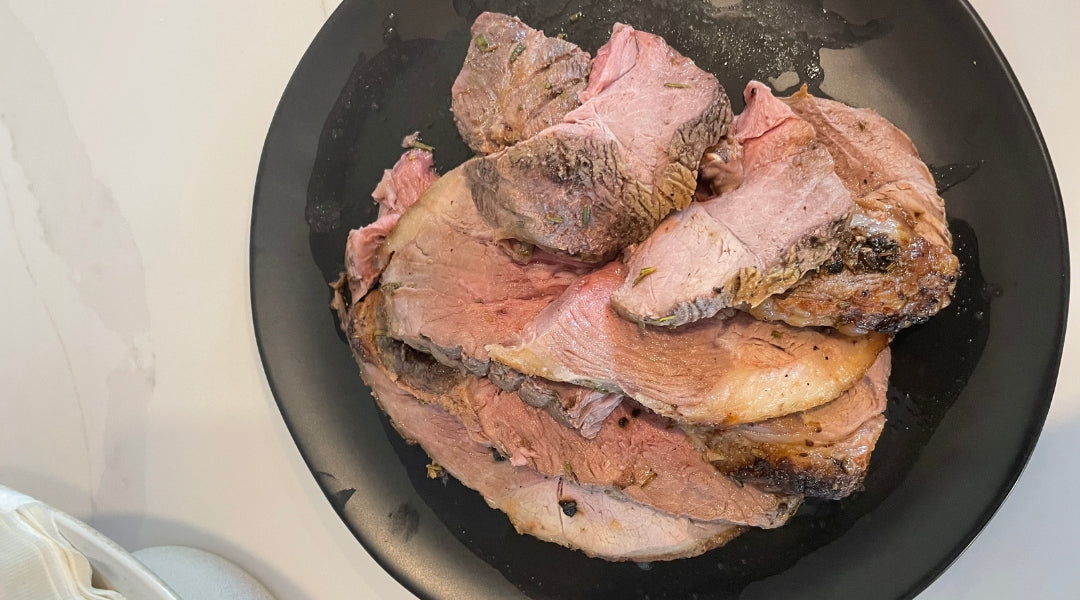Regenerative Agriculture Can Change The World

You’ve probably seen the term “regenerative agriculture” on our website and social media. And, while it sounds cool and innovative, you may still be asking yourself—what IS regenerative agriculture? If so, this is the blog post for you!
According to Regeneration International, “regenerative agriculture” describes farming and grazing practices that, among other benefits, reverse climate change by rebuilding soil organic matter and restoring degraded soil biodiversity, resulting in both carbon drawdown and improving the water cycle. Because Grass Roots farms use techniques considered regenerative, as we raise our animals, we are also continuously replenishing vital nutrients in the soil and using rotational grazing and grass diversity to sequester carbon.
By using regenerative agricultural practices, farmers are not just sustaining the current land resource so that it can continue to be used in the future, they are actually improving what is there, leaving the soil better for the next generation.
Regenerative agriculture focuses on improving soil health and overall quality and health of the land: the soil, water, plants, animals and humans.
Grass Roots’ CEO Cody Hopkins, describes the value of regenerative agriculture and why he decided to focus on this way of farming on his own land. “Growing up in rural Arkansas, I’ve witnessed how the industrialized meat industry’s extractive mindset of producing meat as cheaply as possible has come at the expense of the animals, the environment, and our society’s health.”
Unfortunately, these environmental and societal costs associated with industrial farming don't show up in the price of meat—industrial beef, pork, and chicken are typically cheaper than that raised regeneratively. And the impact of cheap farming shows up in poorer rural communities, higher health care costs, and environmental degradation.
But Cody sees an opportunity to “build a food system of integrity that leaves our soils, farmers, and society better off than how we found it. That’s precisely the regenerative farmer’s mindset, which aims to sequester carbon in the soil, increase biodiversity, enrich the soil, and improve waterways. At its essence, regenerative farming is bucking the extractive mindset of industrial farming and instead focuses on working with nature to leave the earth better off than we found it.”
At Grass Roots, we consciously don't want to produce cheap meat. Instead, we choose to raise animals in ways that are better for the earth, now and for future generations. While regenerative agriculture systems have higher costs, we believe they more accurately represent the true cost of a farming system that can create a healthier world.
Recent Posts



 Tender and succulent, it's the perfect centerpiece for any holiday feast, elevating your meal with its exquisite taste and elegant presentation. Delight your guests with this sophisticated dish, sure to leave them craving more of its indulgent perfection.
Tender and succulent, it's the perfect centerpiece for any holiday feast, elevating your meal with its exquisite taste and elegant presentation. Delight your guests with this sophisticated dish, sure to leave them craving more of its indulgent perfection.




